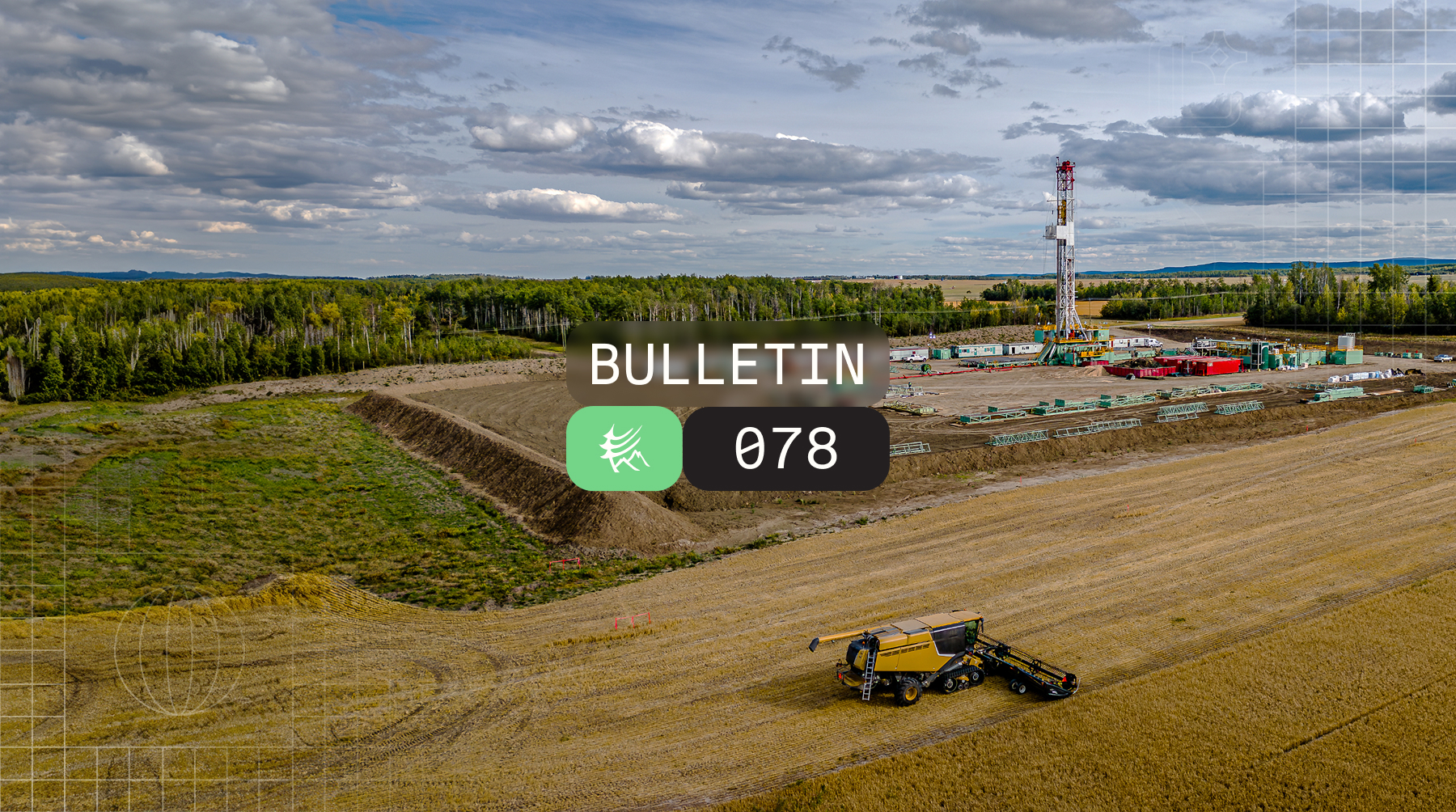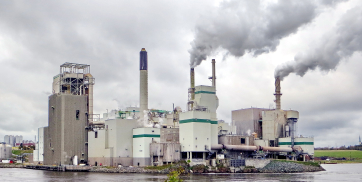Methane Rule Comparison: United States (final) vs. Canada (draft)
A comparison of US EPA’s OOOOb/c and Canada’s ECCC methane rules for the oil and natural gas industry.
New regulations?
In December 2023, at COP28, the US Environmental Protection Agency (EPA) announced a final rule expected to achieve methane reductions of 87% relative to 2005. The next day, Environment and Climate Change Canada (ECCC) published a similar methane rule intended to achieve a 75% reduction in O&G methane emissions by 2030 relative to 2012.
In this post, we compare the two new rules. Overall, they are surprisingly inconsistent given the intention by both to dramatically cut methane emissions from all sources. In particular, technology deployment requirements and opportunities for leak detection and repair (LDAR) differ markedly. Canada has also opted not to follow the EPA’s lead in implementing a super-emitter response program that allows third-party methane data to be submitted to the EPA.
Full details are presented in a series of tables below. Please get in touch if you find any errors or if you have questions. Please note that the Canadian draft rule is expected to change in response to comments.
How can Highwood help?
Highwood is helping companies prepare for new regulations in both the US and Canada. Our consulting services and software help energy companies improve LDAR strategy, streamline compliance roadmapping, prepare for third-party super-emitter response, align regulations with voluntary initiatives, and develop credible measurement-informed inventories. Please get in touch to learn more.
Table 1. Overview
| EPA OOOOb | EPA OOOOc | ECCC Draft Rule | |
| Status | Final | Final | Draft – open for comment |
| Site type | Oil and Gas facilities affected by wells, compressors, process controllers, storage vessels, sweetening units, pumps, processing equipment, production equipment. | Upstream onshore oil and gas facilities. | |
| Sites covered | Built or modified after Dec 6, 2022 | Built before Dec 6, 2022 | Comprehensive. |
| Effective date | 60 days after rule goes in Federal Register (~March or April 2024). Some exceptions. | Final compliance deadline as late as 2029. | 2027 for new facilities.
2030 for all facilities. |
| Link | [Click here] | [Click here] | [Click here] |
| Other | Commenting open Dec 16th– Feb 14th, 2024.
|
||
Table 2. Leak detection and repair
| EPA Final Rule OOOOb/OOOOc | ECCC Draft Rule | |
| Conventional LDAR | Up to monthly AVO and quarterly OGI/M21, depending on site type. Only quarterly AVO at “small” single-well sites. | Quarterly (high-risk sites) or annual (low-risk sites) comprehensive OGI or M21. Monthly screenings at > 1 kg/h (90% PoD). One annual audited inspection (> 10kg/h) |
| Alternative LDAR programs | Streamlined approvals based on technology sensitivity. Survey frequency based on 90% PoD, ranging from 1-15 kg/h.
AMEL approval process exists for bespoke LDAR programs. |
Unavailable. Alternative LDAR program approval has been removed. Any system can be used for screenings and audited inspections (if sensitivity requirements met). A performance-based pathway exists for continuous monitoring. |
| Follow-up requirements | Targeted follow up based on spatial resolution of screening technology. | Not specified. |
| Alternative technology approval process | Vendor application. Standardized online application process, requires externally validated reports establishing performance. | Not specified. |
| Leak repair | AVO: First attempt within 15 days, completed 15 days after that.
OGI/M21: First attempt within 30 days, completed 30 days after that. Some exceptions apply. |
Leak rate dependent repair timelines.
If repairable during operation: • 24 hrs (>100 kg/h or unknown) • 7 days (10-100 kg/h) • 30 days (1-10 kg/h) • 90 days (<1kg/h) If not repairable during operation, repair during next shutdown. Some exceptions. Repair verification must be conducted with same tech used to detect leak. |
| Use of third parties | A super-emitter response program is implemented for sources ≥ 100 kg/h. Third parties with expertise in remote detection technologies can be qualified to report super-emitters to the EPA, which will then notify operators. | An audited inspection must be performed by a third party at all sites annually. |
| Continuous Monitoring | Alternative to screening tech. Action required if rolling average of methane reaches threshold level above site baseline. | Performance-based compliance as an alternative to rule. Continuous monitoring data every 15 minutes for high-risk sites. Requires auditor annual inspection. |
Table 3. Equipment controls
| EPA Final Rule OOOOb/c | ECCC Draft Rule | |
| Destruction equipment | Must achieve ≥ 95% efficiency. | Must achieve ≥ 98% efficiency. |
| Fuel combustion | Must achieve ≥ 95% efficiency. | |
| Conservation equipment | Must achieve ≥ 95% efficiency. | Must achieve ≥ 95% efficiency, be operated continuously. |
| Associated gas | Must route gas to sales line or other useful purpose. Some exceptions. | Not specified. See general venting below. |
| General venting | Not specified. Partially addressed via associated gas, super-emitter response program, and source-specific controls. | Venting prohibited with limited exceptions. All pressurized equipment (e.g., product tanks, separators, dehydrators, pneumatics, compressors) must be physically connected to conservation or destruction equipment. Venting events must be reported. Exceptions apply. |
| Pneumatic controllers and pumps | Must not emit methane. Exceptions apply. | Must not emit methane. See general venting. |
| Compressors | 95% reduction of methane and VOC emissions. Monitoring to maintain below source specific levels. Some exceptions. | Venting prohibited. See general venting.
|
| Liquids Unloading | Best management practices (BMP) to minimize or eliminate methane and VOC emissions. | Venting prohibited. See general venting.
|
| Storage vessels | 95% emissions reduction for tanks and tank batteries with: >20 tpy methane potential to emit. >6 tpy VOC potential to emit (New sources only). |
Venting prohibited. See general venting. |
| Fracking Completions
|
Reduced Emissions Completion with
combustion device and separator; venting where combustion unsafe |
Fracking completions are required to conserve or destroy vented gas. |







